I first took notice of Gigantic following its initial announcement back in 2014. Sporting a stylised design that looked like the lovechild of Ratchet and Clank with Wind Waker, the game offered a combination of MOBA elements with third person shooting mechanics and promised to put a new spin on the genre.
This seemed quite promising and I followed the game’s development for a time, but beyond a few videos and appearances at conventions, the game didn’t surface for some time and I eventually got caught up in other things. All that changed when I found a PC key in my email for the closed beta weekend at the beginning of November.
Eager to finally play but not especially enthusiastic, I went in to play. I didn’t expect to find the absolute highlight of my week within the game, but find it I did. My love for Gigantic has reemerged tenfold.
Though there’s still more to come in the development cycle, the closed beta feels quite polished and the game is an absolute blast to play. The pacing of each game is smooth and feels enjoyable, and there’s rarely a break in the action. While there’s a little bit of strategy in how you move with your teammates and where you are on the map, it largely comes down to player skills as you rack up kills and control objectives.
But what is Gigantic? How does it play? Let me take you through the basics.
You have a base? We have a kaiju.
Most traditional MOBAs see teams competing with each other to destroy one another’s base, and while this is technically true of Gigantic, the means of doing so are completely different.
For starters, do you wonder why the game is called Gigantic? That happens to be the descriptor of your team’s guardian, which is either a giant gryphon or a massive dragon-like naga. Rather than be immobile and featureless base buildings, these giants take to the field to fight one another, and players use their characters to influence this battle.
In addition to the guardians, there are a handful of control points on each map that teams can control. In order to do so, they must channel in those specific areas in order to summon a creature to serve as that point. These creatures provide a number of effects to their team such as healing or enemy vision and will fight back if attacked, but defeating them and claiming the point for your team is key to getting ahead. You also have the option of customising what kind of creatures you can summon between games, which can alter their effects further.
Going back to your giant guardians, each one has an energy bar that is filled either through killing enemy players, defeating their creatures, or summoning your own. Once either side has reached full energy, the guardian becomes empowered and will launch an assault on its opponent, moving across the battlefield in order to do so. When the attack lands, it will pin down the enemy guardian for a brief period, during which they are vulnerable and players must do as much damage to them as they can. If they whittle the health bar away, that scores a wound on the guardian. Score three wounds and the game is over.
Prior to that point, the guardians cannot be harmed, but they will attack enemies that come too close, so they serve as a base to plan and move your attacks around while you work to control points. It makes the overall flow of the game feel much more dynamic and impactful, and watching the guardians fly across the battlefield to do battle is a sight to behold.
A challenger approaches
While the guardians may be the overall focal point of a round of Gigantic, it’s the much smaller player characters that are of immediate concern. There are currently sixteen different characters, each with their own style of play and kit. Game balance is still a work in progress but it seems fairly good at the moment, and my games featured a whole array of heroes that all seemed to make an impact.
Each hero has a fairly standard number of abilities and uses that won’t look too out of place to anybody who has played Battlerite. You have your primary attack, then a variety of cooldowns that all serve different functions depending on the character, all culminating with an ultimate ability that you generate energy for as you fight. There’s tanky melee characters, fast moving duelists, ranged snipers or mid-range shooters, support types, the usual array.
Where Gigantic differs from most is the talent system. There are no items, but you can level up to 10 as the game progresses, with each granting you a new skill point. Each skill can be improved twice, and each time it offers a choice from two options on how to upgrade it, so you can tweak your abilities to suit the given situation. In addition, you can also pick a talent that focuses on one of three styles to further adjust how you play.
It’s simple but robust, and doesn’t take you out of the action for long. At present it seems that players level up and gain these points really quickly, long before a game is even in the final stage, but this is apparently being worked on as the beta progresses.
All action, all the time
Keeping you in the action is very much Gigantic’s game plan, and strong suit. Since kills empower your guardian and creature windows of opportunity for you to strike, it is helpful to get into a fight and take out an enemy even if it’s not for control of an objective. You do get points for claiming points and summoning or defeating creatures though, so it’s best not to get too caught up in the action. Focusing fire with your teammates is very much the key to getting ahead.
The clashing of the guardians changes what would otherwise just be a continuous brawl into an interesting affair. There’s a big announcement when a guardian is fully empowered and on the move, with a countdown ticking down as it moves into position. Once it’s made your target vulnerable, there’s another countdown before the guardian breaks free, so you need to move fast and focus fire.
Of course, when defending against these vulnerabilities, the enemy team knows exactly how long they have and where you’re going to be. That makes it usually turn into an all out firefight, where you need to balance between eliminating threats or dumping your firepower into the guardian. If your teammates aren’t quick on the uptake, or if too many die before a vulnerability is opened, it can easily end in failure and prolong the match, though damage done towards each wound does persist.
There’s a few more elements of this back and forth struggle to keep things interesting. Firstly, there’s the respawn system. After you die, you’ll respawn about fifteen seconds later as you would in any MOBA. Rather than having scaling death timers as the game continues, however, teammates dying on top of you will actually reset your timer, meaning that staggering deaths can be seriously detrimental to your team. All the more reason to stay alive and stay in the fight, especially since you’ll all respawn at once… but this can create gaps for a clever team to make use of while their foes are behind.
Then, there’s the Clash. At either fifteen minutes into the game or when a guardian is reduced to one wound — whichever comes first — then the Clash begins as a sort of sudden death mode. The guardians move closer together into the battlefield and disable some of the creature points, meaning there’s a lot less room to work with and the action gets even more frantic.
Matches don’t tend to last more than twenty minutes in Gigantic, but there’s certainly a lot of action and very little downtime in each game. Even with the closed beta queue times, I felt like I was getting a hell of a lot more value for my time, which lead me to chaining multiple games in quick succession.
Less detailed, more stylised
Amidst all the gameplay, one of the things that most caught my attention in Gigantic was the graphical design. The general feel of the setting and the characters is best described as.. bouncy. A trait that I liken most to the Ratchet and Clank series.
There’s a very strong cel-shaded aesthetic as well, which overall makes the game stand out amongst its competitors, even if the overall detail might be seem lacking at first glance. It’s not as graphically detailed as Paragon, but it presents itself in such a way that it probably comes across stronger for it. Everything is bright and colourful, and even with simpler details it’s not hard to differentiate key points at a glance.
Couple this with some lovely music and reasonably good sound design that successfully informs players of each major shift in the game — when the guardians are on the move, for example — and you have a surprisingly gorgeous game that is sure to stand out in the crowd.
To further stand out, Gigantic currently features three different maps. Each is set in a completely different kind of terrain, giving you the choice of a rocky canyon, a snowy area filled with caves, or an overgrown ruin. Paths and placement of creature points is different in each, adding that little bit of extra variety to the game and keeping the visual effects from getting too stale.
Sounds good, so what’s to come?
The developers at Motiga have been very good about communicating with the players during the beta tests and throughout development, so feedback is constantly being brought in and acted upon.
“At present, the plan is still to hopefully have the open beta out before 2016 concludes, but there’s no official date set. There’s also no set date for the official release.”
Gigantic will be Free to Play from launch on PC and Xbox One, with a few heroes available to all players and more to be unlocked via either in-game currency or microtransactions, similar to League of Legends.
Cosmetic skins will also be purchasable. In-game currency will be earned by just playing the game, but also reaching certain milestones with characters. In addition, there’s a fortune card system that allows one daily draw from a pool of three options, with each card offering objectives to be completed for additional currency. This can range from winning a certain number of games to reaching a set number of kills or playing a certain character enough.
At the moment, there’s no official statement on how many characters and maps will be available at launch, but it’s likely that development and additional content will be released well into the game’s life.
I can tell you this much about Gigantic: as this closed beta concludes, I am already eagerly anticipating the next one and cannot wait to get my hands on the game some more. So far, the game is proving a welcome addition to the MOBA genre that will definitely has the potential to differentiate itself from its peers and stand out.
Closed beta signups for Gigantic are still open if you just can’t wait that long. Have you had a chance to play it yet, or do you want to? I’d love to hear about it.

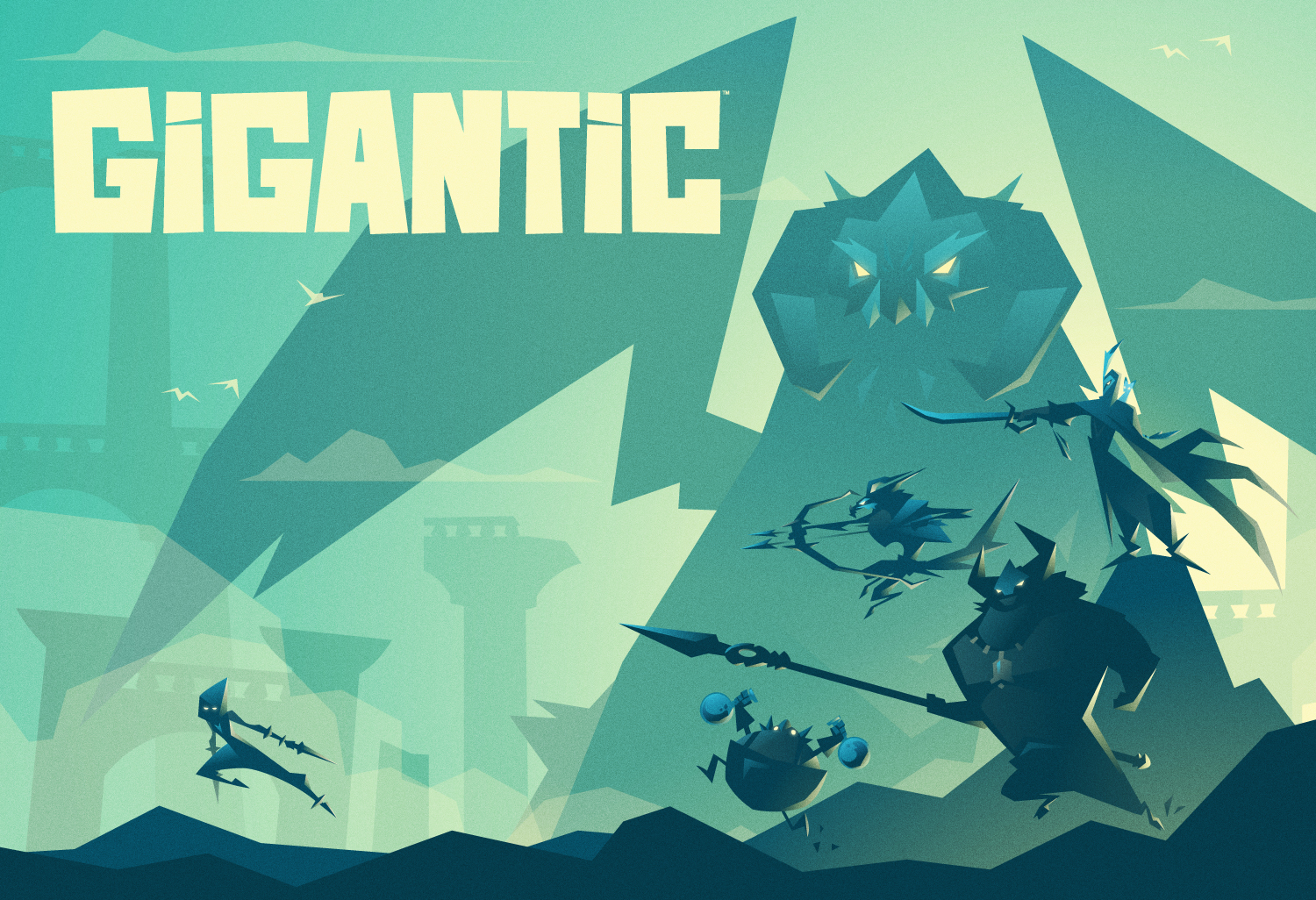
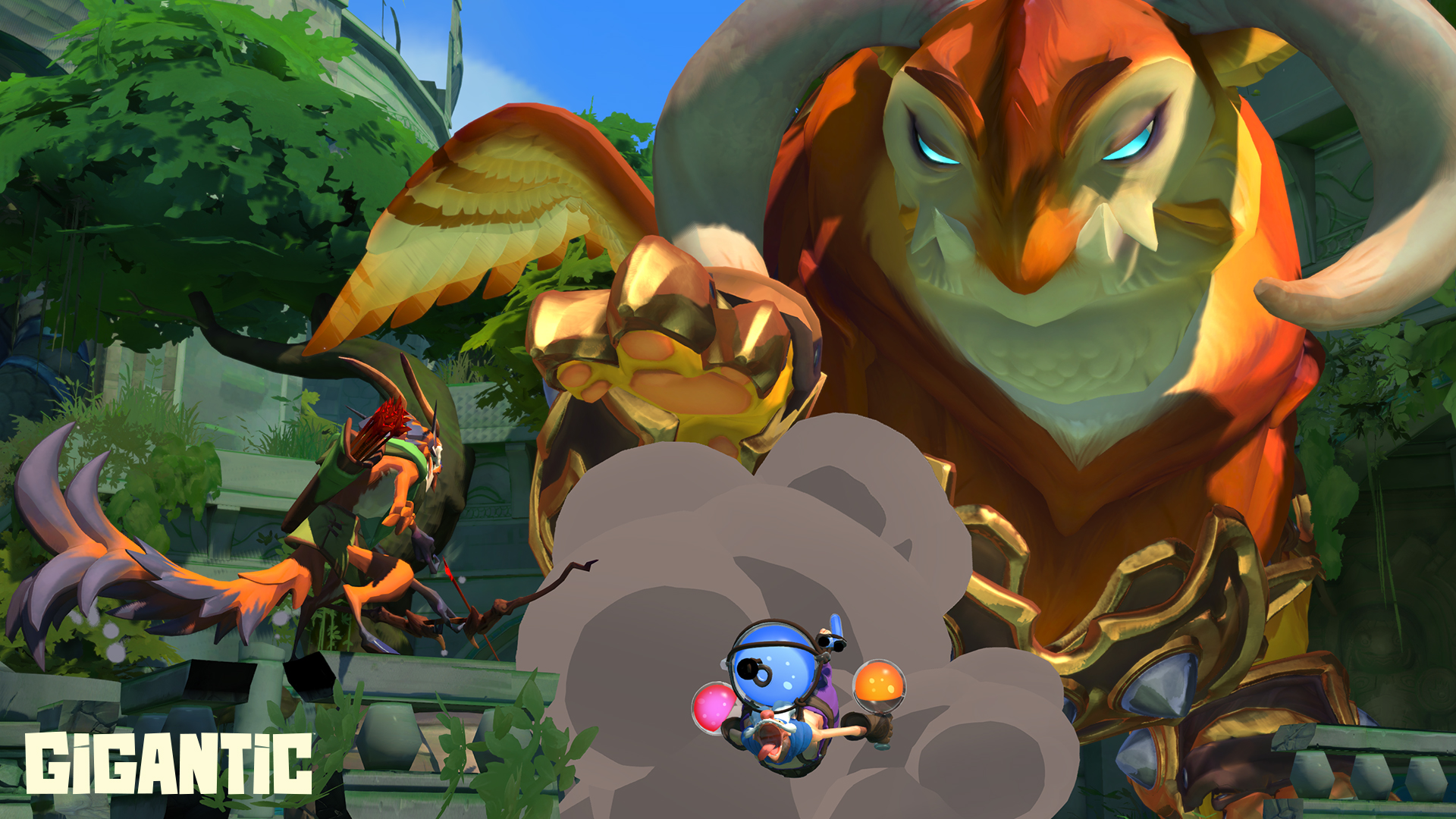
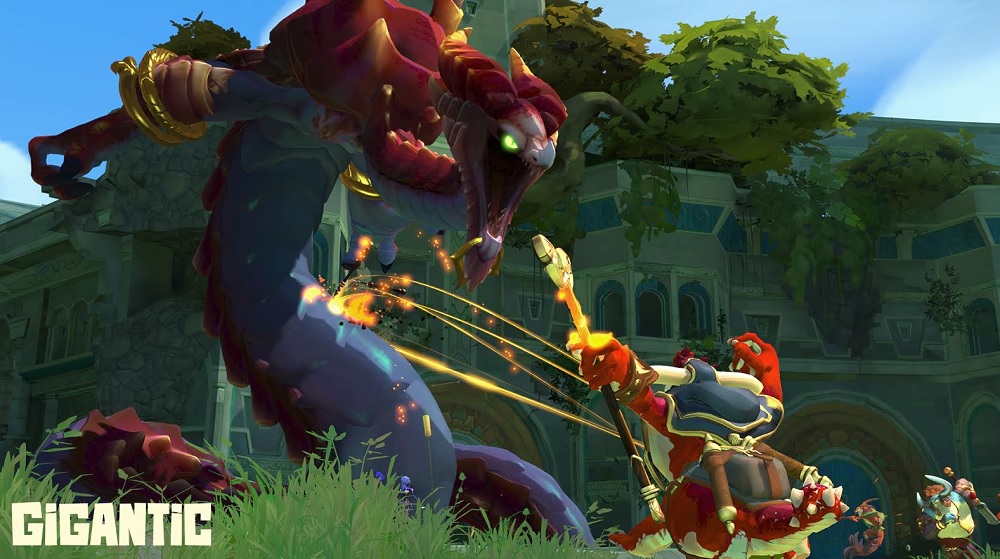
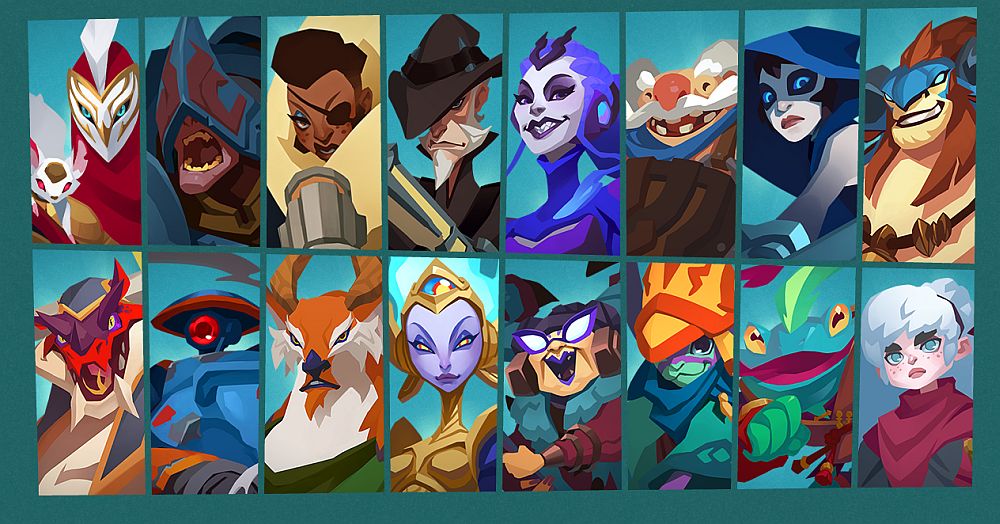
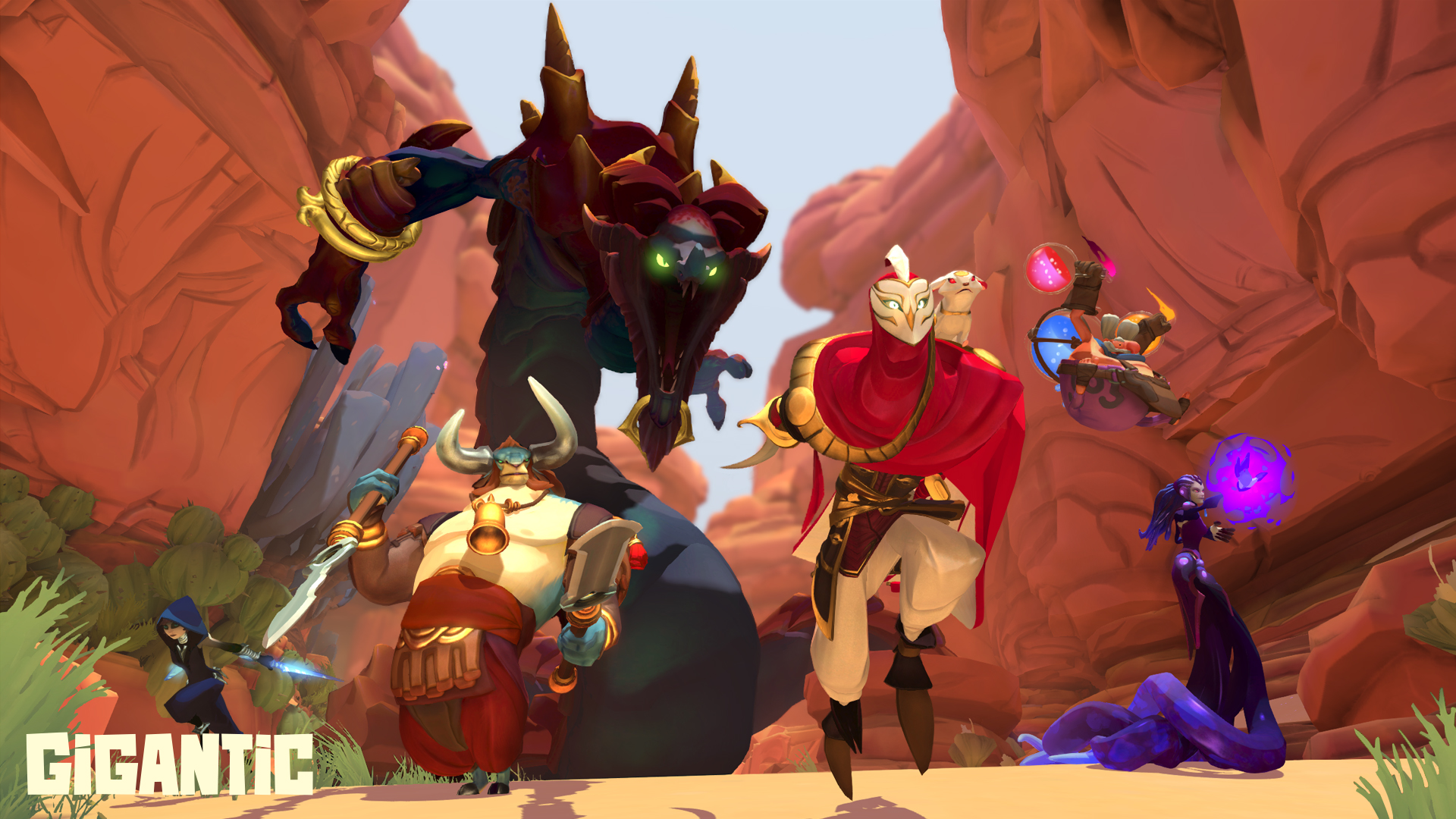
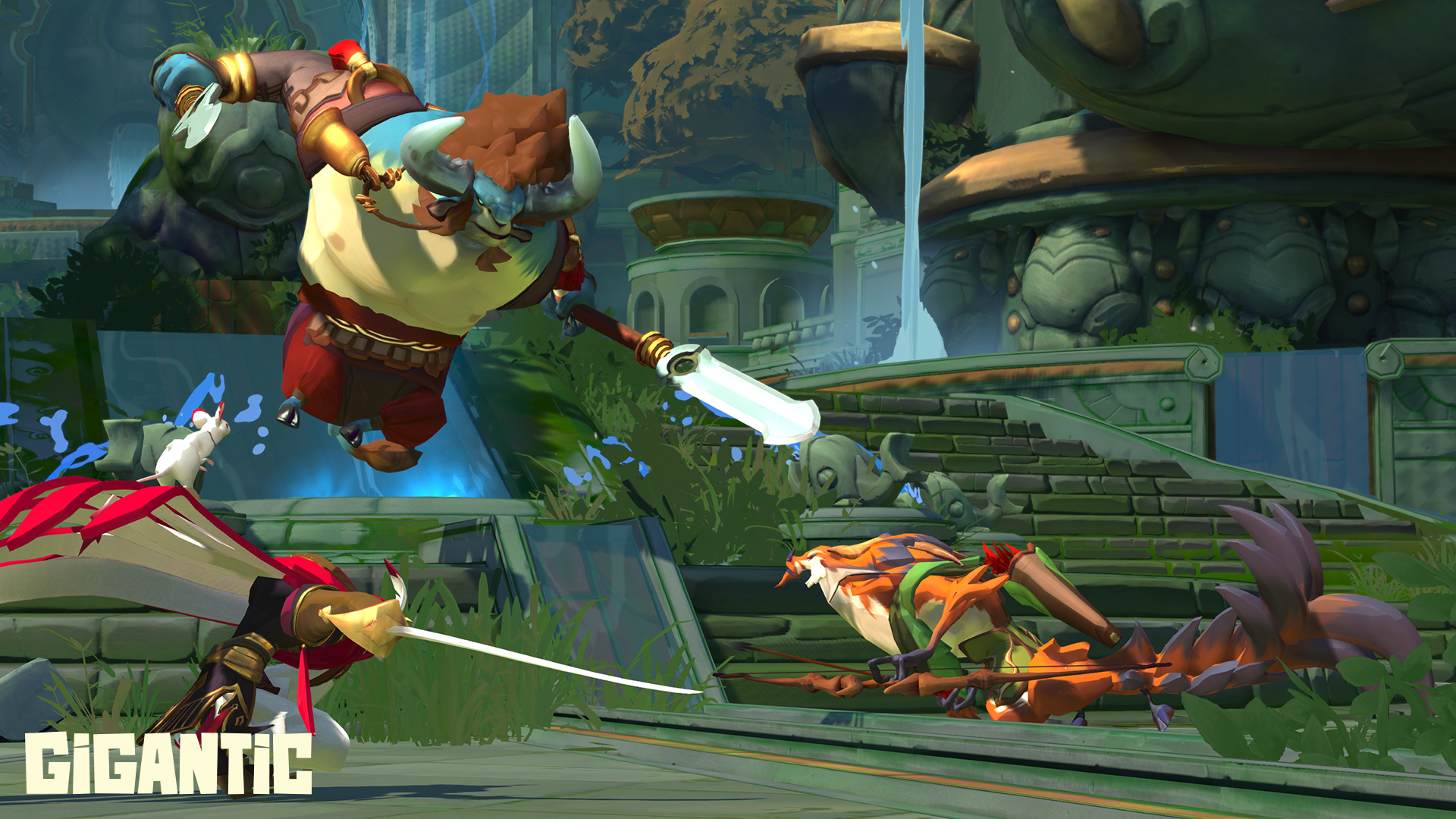
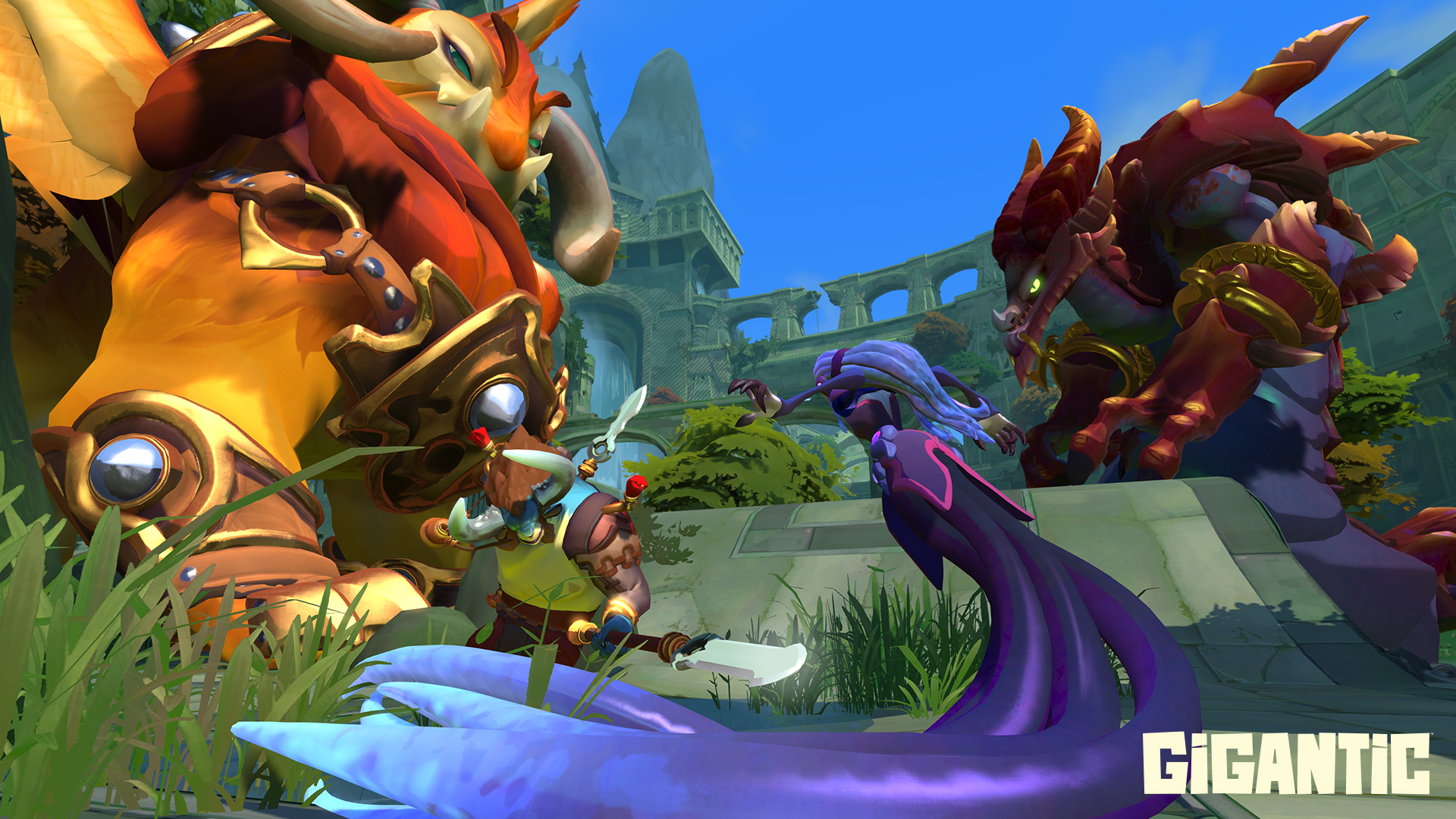
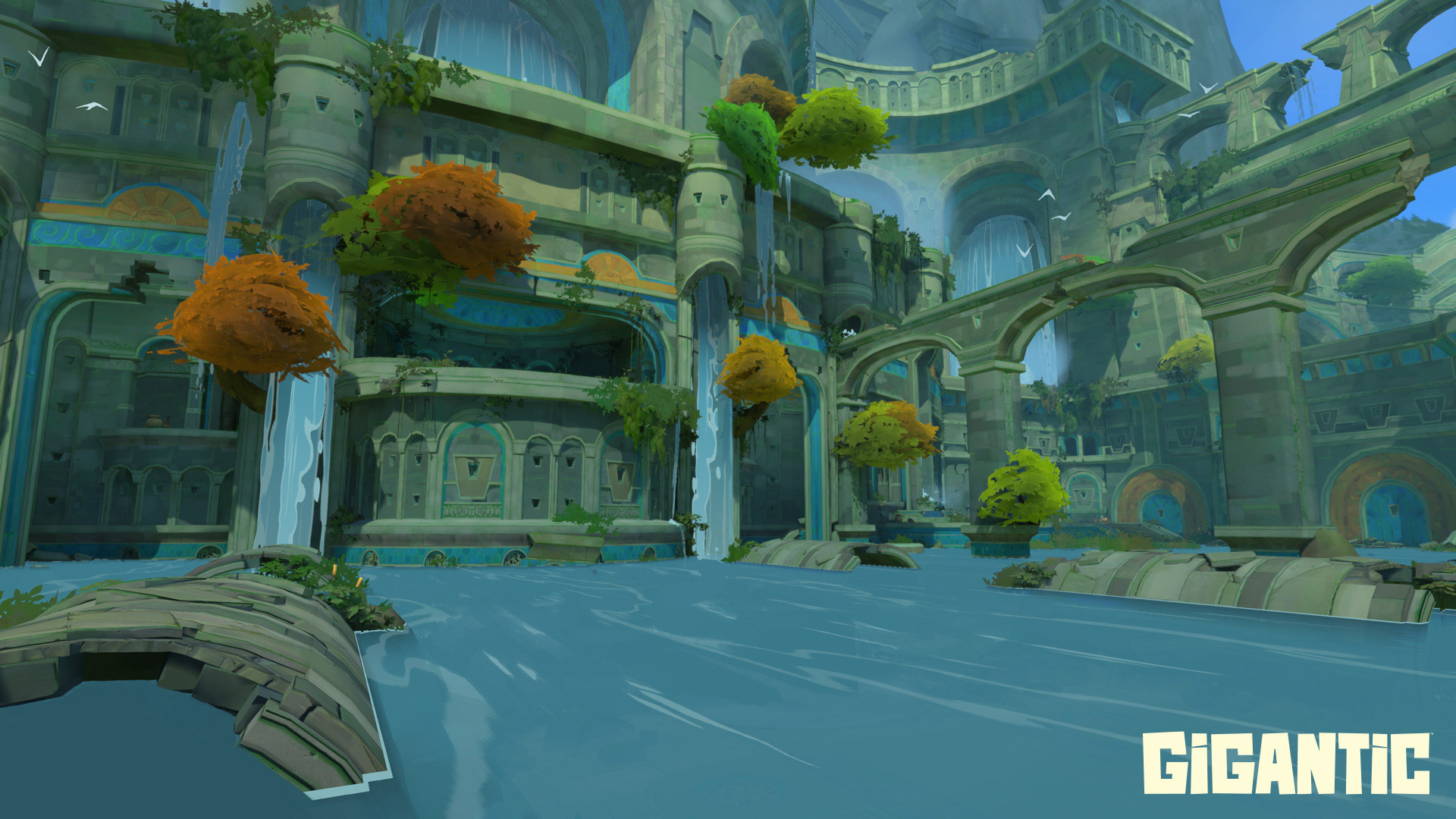
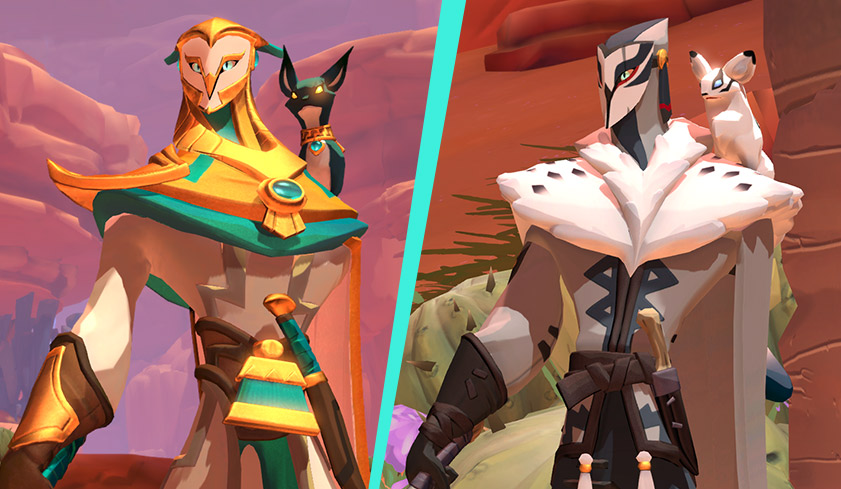





Published: Nov 6, 2016 04:21 am